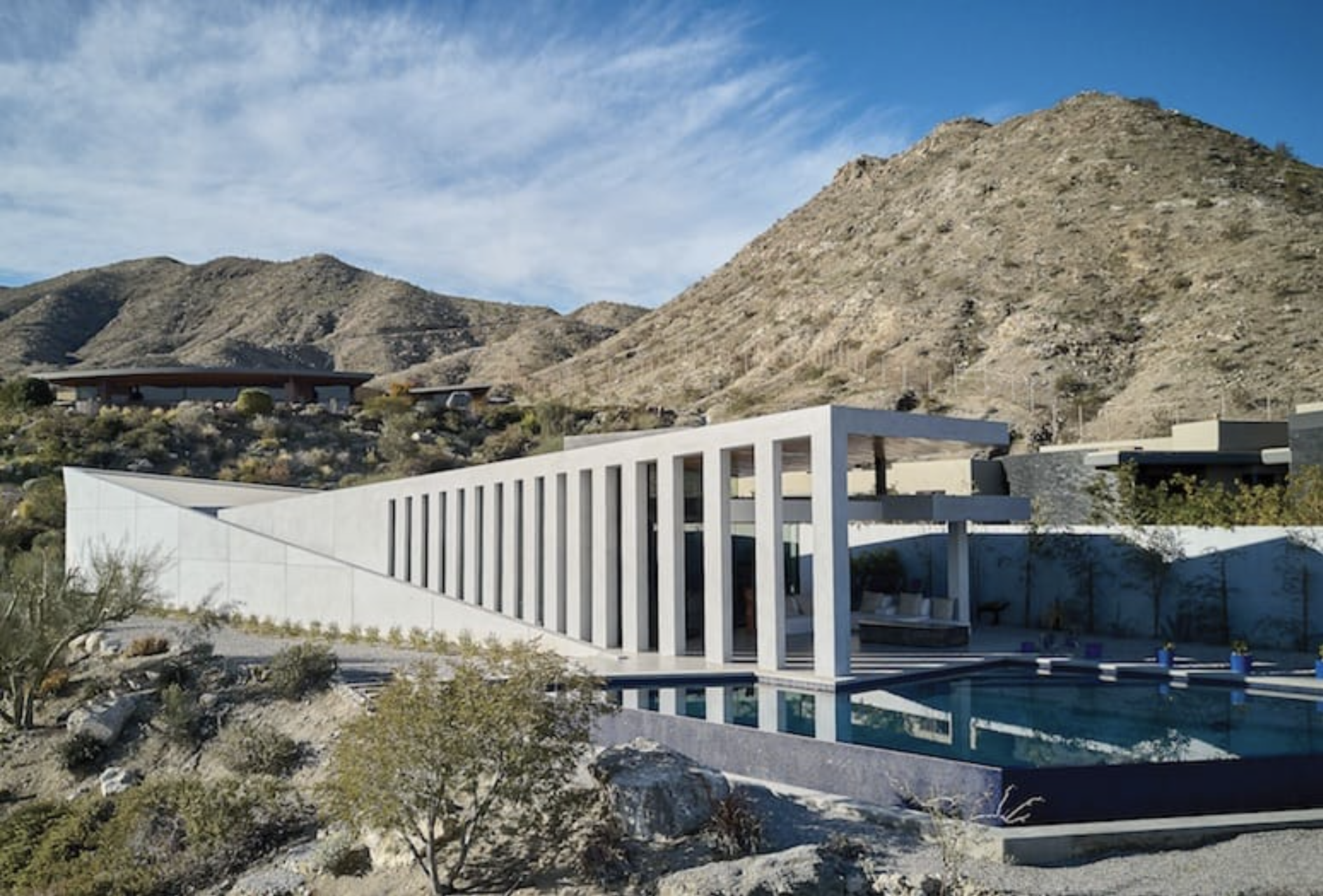Interior design thrives on creativity, precision, and impeccable timing. In Rancho Mirage, where aesthetics and quality are paramount, interior designers face unique challenges. One of the most significant hurdles is managing the logistics of receiving and handling the myriad of furnishings, decor, and materials that are essential to their projects. This is where a dedicated receiving warehouse like Ocotillo Services becomes invaluable.
Streamlining Logistics and Operations
For interior designers, the process of coordinating deliveries can be a logistical nightmare. Different vendors often deliver items at varying times, leading to potential chaos if not managed properly. A receiving warehouse serves as a centralized hub, ensuring all items are received, inspected, and stored until they are needed on-site. This streamlines the entire process, allowing designers to focus on the creative aspects of their projects rather than being bogged down by logistical concerns.
Enhanced Inventory Management
Keeping track of numerous items from various suppliers can be daunting. A receiving warehouse provides robust inventory management systems, allowing designers to have a clear and accurate account of all items received. This reduces the risk of items being misplaced or lost, ensuring that every piece arrives in perfect condition and on time. The efficiency and accuracy of inventory management in a receiving warehouse translate into smoother project execution.
Quality Control and Damage Management
One of the primary concerns for interior designers is the quality of the items they receive. Damage during transit is not uncommon, and managing returns and replacements can be time-consuming. At Ocotillo Services, thorough inspections are conducted upon receipt of every item. Any damages are documented, and the necessary steps for replacements or repairs are initiated promptly. This proactive approach ensures that designers receive items in pristine condition and ready for installation.
Benefits to Interior Designers Using a Receiving Warehouse
Utilizing a receiving warehouse offers numerous benefits to interior designers, enhancing their efficiency, productivity, and overall project success.
Time Savings
Time is a critical resource for interior designers. Coordinating deliveries, inspecting items, and managing storage can consume a significant portion of their time. By outsourcing these tasks to a receiving warehouse, designers can dedicate more time to design and client interactions. This not only enhances the quality of their work but also increases their capacity to take on more projects, thereby boosting their business growth.
Space Optimization
Design studios and offices often lack the space needed to store large quantities of furniture and decor. A receiving warehouse offers ample storage space, freeing up designers’ offices and studios for creative work. This is particularly beneficial in cities like Rancho Mirage, where real estate is at a premium, and maximizing space is crucial.
Reduced Overhead Costs
Managing a warehouse in-house requires significant investment in space, staff, and equipment. By utilizing a receiving warehouse, designers can significantly reduce their overhead costs. They only pay for the services they use, making it a cost-effective solution. This allows designers to allocate their resources more effectively, investing in areas that directly enhance their creative output and client satisfaction.
Improved Project Coordination
A receiving warehouse enhances project coordination by ensuring that all items are ready and available when needed. This minimizes delays and disruptions, allowing designers to adhere to their project timelines more effectively. The warehouse staff can also coordinate deliveries to the project site, ensuring that items arrive in the right sequence for installation, further streamlining the process.
Customer Satisfaction and Its Impact
Customer satisfaction is the cornerstone of a successful interior design business. Utilizing a receiving warehouse can significantly enhance customer satisfaction in several ways.
Reliability and Trust
When clients know that their designer has a reliable system in place for receiving and handling their items, it builds trust. They can be confident that their furnishings and decor will arrive in perfect condition and on time. This reliability enhances the overall client experience, leading to higher satisfaction and repeat business.
Reduced Stress for Clients
Interior design projects can be stressful for clients, especially when it comes to managing the logistics of deliveries and installations. By using a receiving warehouse, designers can shield their clients from these stressors. Clients can relax, knowing that their designer is handling everything efficiently, which enhances their overall satisfaction with the project.
Timely Project Completion
One of the biggest contributors to client satisfaction is the timely completion of projects. Delays can be frustrating and costly. A receiving warehouse helps ensure that all items are available when needed, reducing the likelihood of delays. This timely execution of projects not only satisfies clients but also strengthens the designer’s reputation for reliability and efficiency.
Professional Presentation
A receiving warehouse can also aid in the professional presentation of items. When items are delivered directly to a project site, they can arrive in disarray, leading to a chaotic installation process. A warehouse ensures that items are prepped and ready for installation, allowing for a smoother, more professional presentation. This attention to detail impresses clients and enhances their overall satisfaction with the project.
The Concept of “Time is Money” in Interior Design
The adage “time is money” is particularly relevant in the field of interior design. Efficient use of time directly impacts profitability and project success. Utilizing a receiving warehouse can be a game-changer in this regard.
Focus on Core Competencies
Interior designers excel at creating beautiful, functional spaces. However, managing logistics and receiving items is not their core competency. By outsourcing these tasks to a receiving warehouse, designers can focus on what they do best – designing. This focus enhances the quality of their work and allows them to take on more projects, thereby increasing their revenue.
Cost Efficiency
Managing receiving tasks in-house requires dedicated staff and resources. This can be costly, especially for smaller design firms. A receiving warehouse offers a more cost-efficient solution, providing specialized services without the need for significant investment. This cost efficiency allows designers to maximize their profitability.
Increased Productivity
By offloading the logistical tasks to a receiving warehouse, designers can significantly increase their productivity. They can dedicate more time to creative tasks, client meetings, and business development. This increased productivity not only enhances their work quality but also allows them to handle more projects simultaneously, boosting their overall business performance.
Minimizing Disruptions
When designers manage receiving tasks in-house, they are often pulled away from their creative work to handle issues such as damaged items, missed deliveries, or storage problems. These disruptions can hamper their productivity and affect project timelines. A receiving warehouse minimizes these disruptions by handling all logistical aspects, allowing designers to work uninterrupted.
Client Perception and Professionalism
Using a receiving warehouse also enhances the professional image of an interior design firm. Clients perceive the use of a dedicated warehouse as a sign of a well-organized, professional operation. This perception can be a key differentiator in a competitive market, attracting more clients and leading to higher satisfaction levels.
Conclusion
In the vibrant and competitive interior design market of Rancho Mirage, utilizing a receiving warehouse like Ocotillo Services offers numerous benefits. From streamlining logistics and enhancing inventory management to improving customer satisfaction and increasing productivity, the advantages are clear. By leveraging the specialized services of a receiving warehouse, interior designers can focus on their core competencies, reduce overhead costs, and deliver exceptional projects on time. This not only enhances their profitability but also strengthens their reputation as reliable and professional designers. Ultimately, the strategic use of a receiving warehouse can be a game-changer, allowing interior designers to elevate their business and achieve greater success in their projects.

